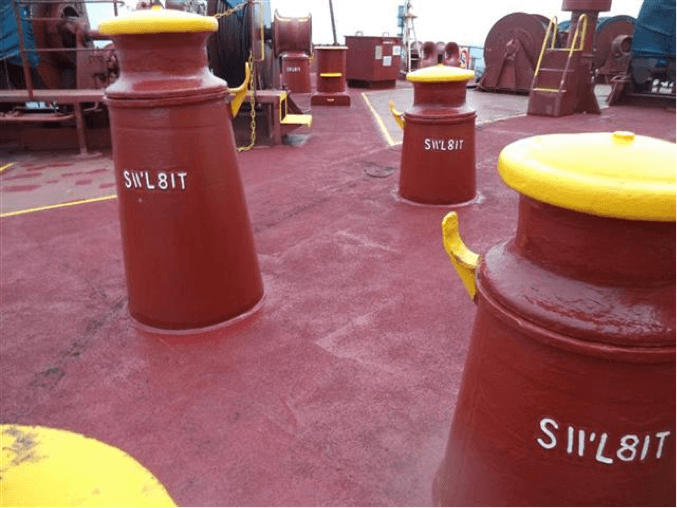Marine Fairlead: The Safety Guardian of Ship Mooring - Part 1
2025-07-16
Marine fairleads are the core components of a ship's mooring system. They are fixed to the side of the deck or the wharf and play a crucial role in guiding the mooring lines, protecting the hull and ensuring operational safety.
Core Functions
1.Guide the direction of the cable: Ensure that the cable smoothly extends from the mooring equipment to the pier mooring stake, and control the Angle at which the cable exits.
2.Reduce friction and wear: Through the design of rollers, rollers or wear-resistant bushings, sliding friction is transformed into rolling friction, significantly reducing cable loss.
3.Protect the hull structure: Avoid direct friction of the cables against the edges of the hull to prevent damage to the bulwark and deck.
4.Withstand mooring loads: It features a high-strength structure that can resist dynamic tensile forces caused by wind, waves and currents.
5.Prevention of cable tripping: The closed or limited design ensures that the cable remains stably in position when subjected to force.
Main Types
1.Rolling wheel type:
Composed of 1-2 heavy-duty rollers, it has low frictional resistance and is suitable for large-angle turns (such as at the bow/stern).
2. Rolling column type:
Composed of multiple vertical rollers, it ADAPTS to the swinging of the mooring line and is commonly found in the middle of the ship's side.
3.Closed fairlead (Panama type):
Closed elliptical/circular holes, with embedded nylon or bronze bushings, offer the best anti-jump performance and strong versatility.
4.Open type (goat horn type):
The top opening is convenient for operation, but it has lower safety and is mostly used in auxiliary positions.
5.Combined type:
Integrating roller and closed structures, it takes into account both low friction and high protection.




